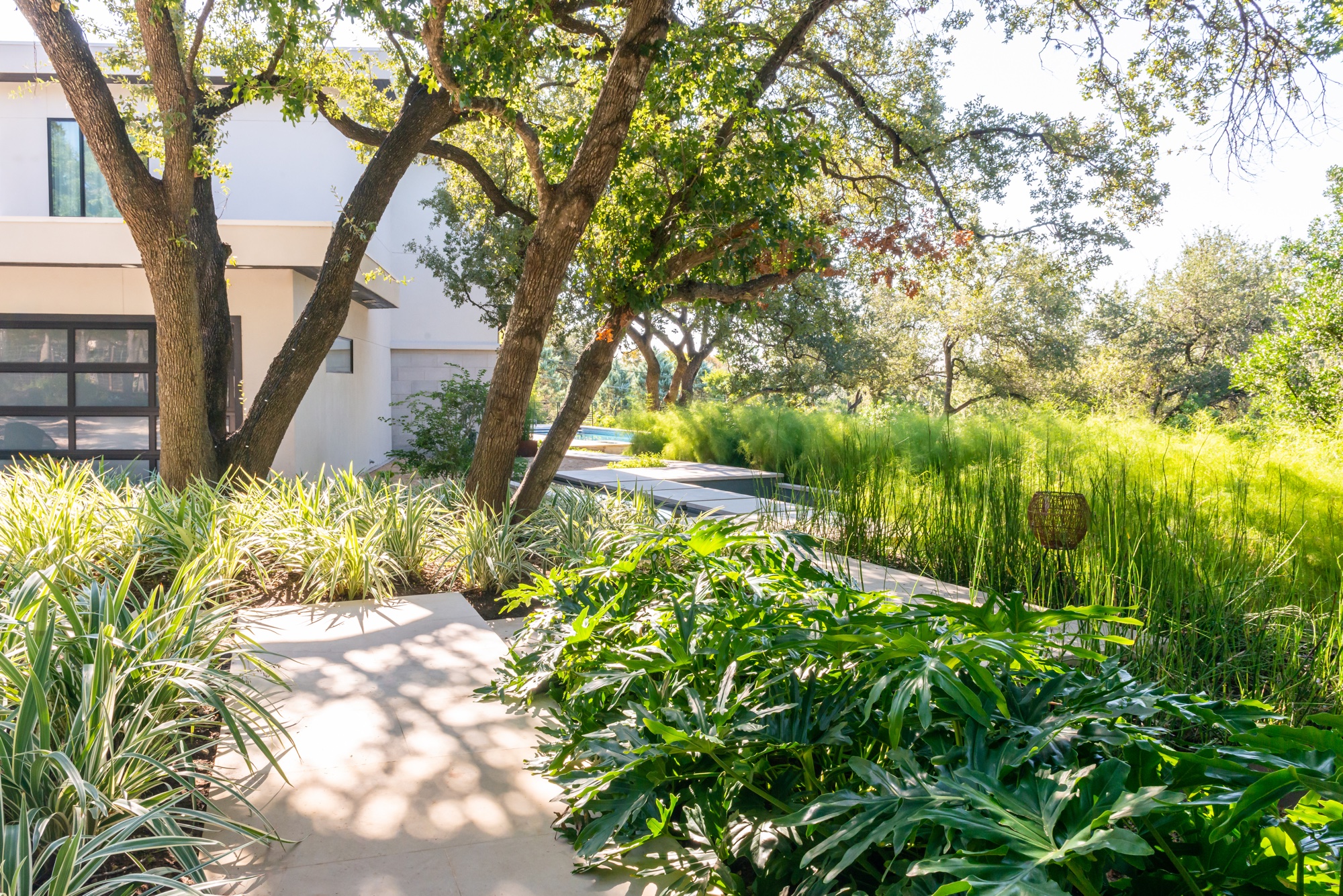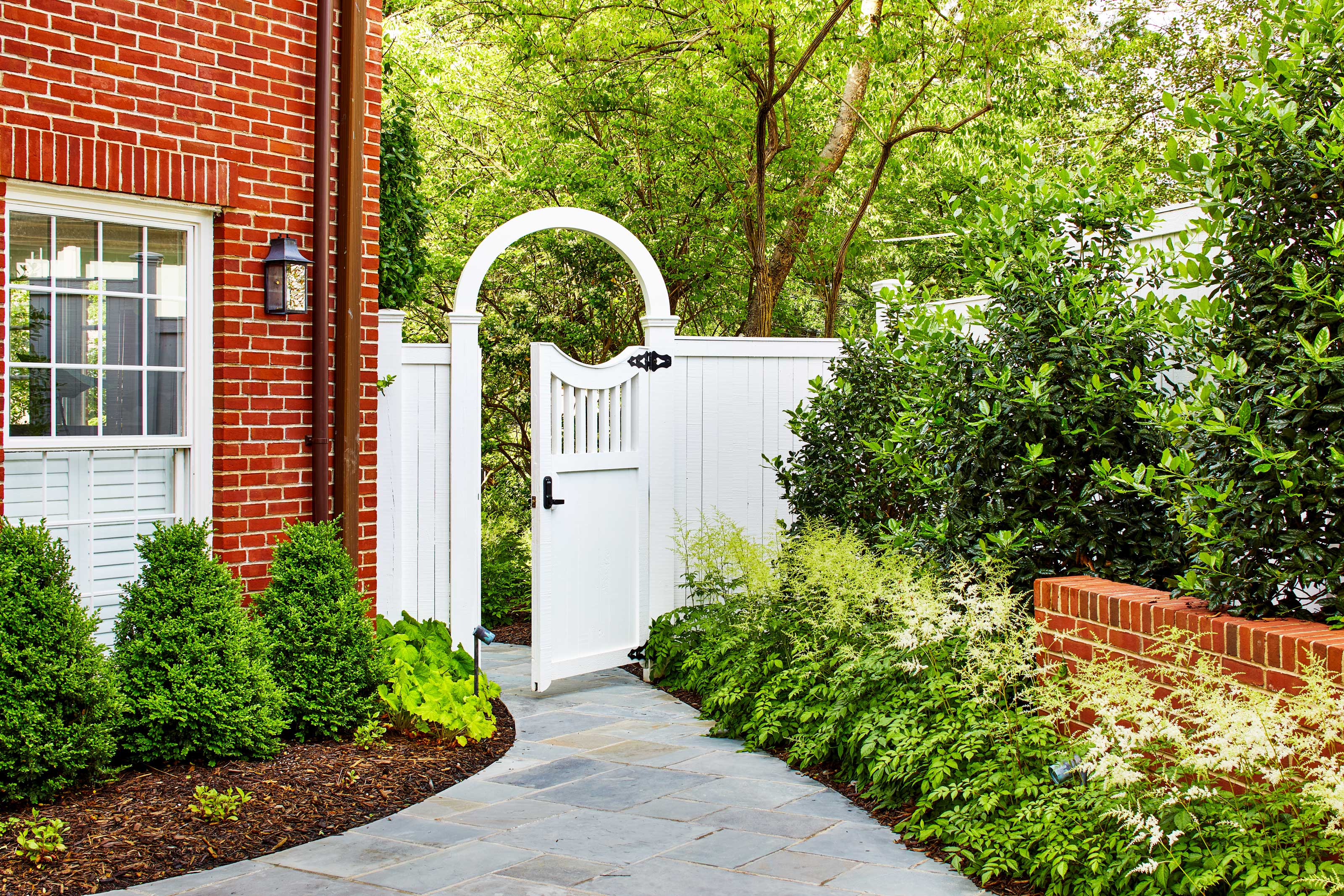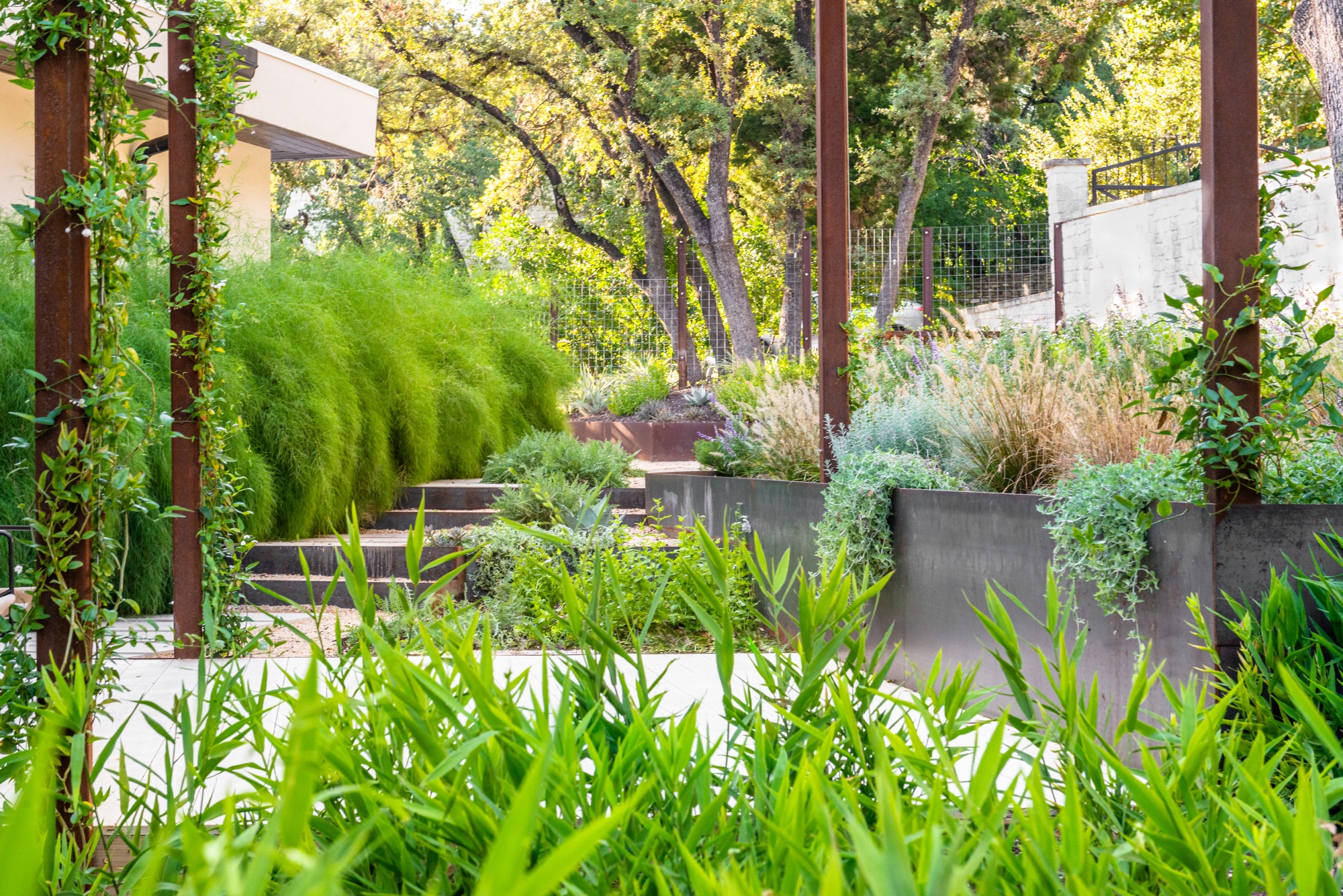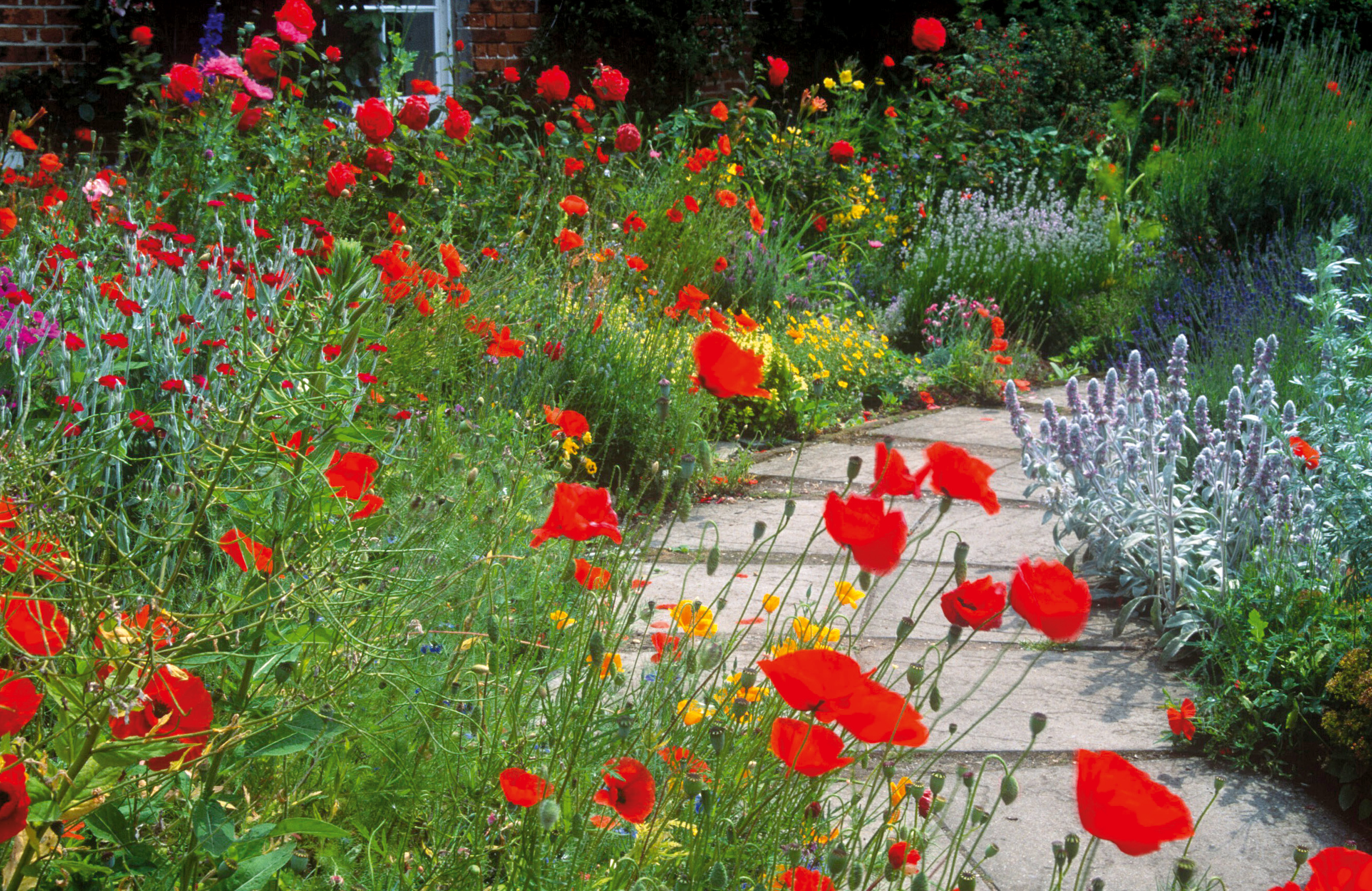
Are you a secret pot hoarder? Do you have a hodgepodge of plants in your garden? These are just a couple of the mistakes landscape designers notice in a backyard that can serve to bring down the overall aesthetic of your space.
Just as with interiors, the planning stage is crucial when it comes to your yard. 'Just like anything else, it's best to start with an overall vision, layout, and plan,' says Amy Hovis, Principal, Eden Garden Design. 'There are so many wonderful landscape design books for inspiration and tips. If you're not hiring a professional backyard designer, it's important to become familiar with basic design principles to create a well thought-out plan.'
Mistakes landscape designers always notice in a backyard
Our experts let us in on the commons mistakes they see in a backyard that should be avoided to create an elevated outdoor space.
1. Improper plant selection

When choosing plants you want to put in your garden, it's important to think about what is going to thrive in the space, not just what you like the look of.
'Choosing plants based on what a homeowner likes and planting them without considering their sun and shade requirements, which zone they are in, soil needs, growth habits, maintenance needs, and suitability for the climate can lead to plants not thriving or dying,' explains Amy Hovis, Principal at Austin-based Eden Garden Design.
'This affects poor spacing (when not considering the mature growth of a plant), plants that are placed in the wrong sun conditions, plants not planted in the right kind of soil, plants planted together with mixed water needs, and plants planted that are not appropriate for the zone they are in.'
You can find out which plants are most likely to thrive in your location with the USDA Plant Hardiness Zone Map.
2. Inconsistent plant installation

'Designers will notice if plants are installed inconsistently, meaning not in straight rows and with varying space between plants of the same type,' says Marci Bonner, an associate at Richardson & Associates Landscape Architecture.
'Experienced landscape contractors subconsciously think about spacing and layout of plants and have their own ways to ensure plants are installed perfectly. Some use string lines to ensure that rows of trees and shrubs are perfectly straight.'
She adds: 'Most homeowners will not notice these inconsistencies but, if you do, you can transplant and move garden plants to the perfect location.'
Amy Hovis agrees that a 'hodgepodge' of plants will create an unsophisticated finish. She says: 'One of the most common mistakes we see is an overall lack of cohesiveness. People will buy plants they like and plant them together without following general design principles. Important aspects of a cohesive landscape are: planting in large swathes of the same plant and in groups of odd numbers; being aware of color palettes; repeating patterns and colors from one side of the yard to the other; being diligent about planting for sun and shade conditions.'
3. Lack of varying sized plants

Every well-designed landscape should have focal points or eye-catching elements that draw attention and create visual interest.
'We achieve this by planting sculptural evergreen specimens in a landscape, like an ornamental tree, a yucca, or an agave or larger shrub,' explains Amy Hovis. 'Neglecting focal points can result in a boring landscape that will bring the entire look of the house down.'
4. Bad edging

'The first thing I notice in a landscape is the edging,' says Amy Hovis. 'Our eyes go right to it. It’s what frames a landscape.
So what are we doing wrong along garden paths and flowerbeds? Amy explains: 'When homeowners use plastic or vinyl edging, or even the off-the-shelf steel edging available at Home Depot and Lowe’s, it brings down the entire look of a landscape and screams out for help. Take it all out. A landscape will be immediately elevated simply by removing cheap edging. If you don’t have the budget for custom steel edging or a stone border, simply do a shovel cut or plant along the border. It looks so much better and costs nothing.'
5. Too many pots

One thing you don't want is clutter, which will bring down the aesthetic of your patio or deck. Keep small pots to a minimum (or in a potting shed), and display statement pieces (as above) for an uncluttered look.
'Something we often notice is how many pots homeowners accumulate,' comments Amy.
'It makes a yard look cluttered and messy. Pottery, like anything else, should be well thought out and designed. Clusters of pottery (in three: extra large, large, med) are all you need for a pottery vignette. All the others should be hidden from view at the back of the house.'
She continues: 'If you love planting in small pots, you should honor that wonderful hobby with a little potting stand outdoors where you can store your pots in an organized fashion and take only the perfect ones indoors or give them away as gifts.
'Random pots around a yard that are under 3’ high are considered clutter to a landscape designer and should be removed or organized around a potting shed.'
6. Messy masonry

If your brickwork or paving work is subpar, it's likely to bring down the finesse of your backyard as a whole.
Marci Bonner says: 'Designers will notice if mortar joints on a brick wall are sloppy or if stone paving on a terrace is not laid square. This most likely will not be noticed by the typical homeowner but, to avoid the risk, hire a quality experienced mason because you pay for what you get. Hardscape is usually the biggest chunk of anyone's exterior budget so you want to make sure it's done well.'







